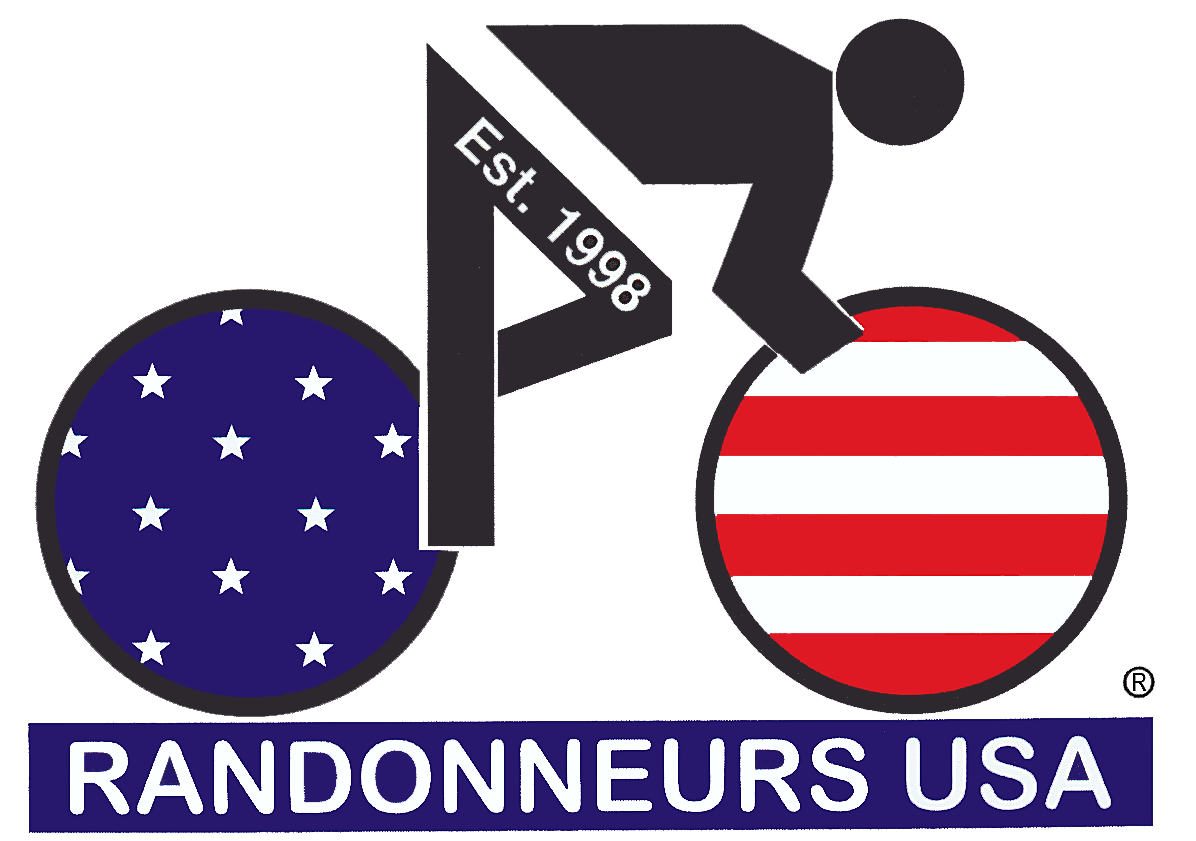By Bill Bryant
It has been a decade since the passing of Beryl Burton (1937-1996). This legendary English champion was without peer in the international racing scene for over two decades. Many experts rank her as the greatest female racing cyclist of all time, and with good reason—her list of victories is astounding.
From short 3,000-meter pursuits on the track to 12-hour marathons on the open road, her specialty was the time-trial. Like randonneurs, she knew a lot about the lonely efforts common to long-distance cycling. Burton was a fierce competitor on race day and more than once she beat her male counterparts. Her times for various distances are still impressive today, and given that they were all achieved without the now-familiar aerodynamic wheels, handlebars, and helmets that cut seconds off each kilometer, her time-trialing accomplishments clearly put her in a special category atop the others.
Beryl Burton won 15 medals at the World Championships, including two golds for the road race and five for the pursuit. She was the winner of Britain's prestigious Best All-Round trophy for time-trialing an astounding 25 years in a row from 1959 to 1983. Had there been Olympic cycling for women in her day, no doubt she would have been equally successful there too.
A real amateur, Burton worked a full-time job. Though her family was of modest means and usually had to pay for her racing trips abroad due to the neglect of the British Cycling Federation, more than once she turned down financial gain for her cycling because she rode only for the personal satisfaction of meeting a sporting challenge—just like randonneurs. And unlike the professionals of her time, Burton asked for drug testing so that others would know she wasn't a cheat. What she achieved on the bicycle came only from her own hard work and determination, and she was proud of it.
Despite her many racing successes, Burton remained an active club rider throughout her life and was steadfastly loyal to the classic ideals of amateur cycling. A life-long member of the humble Morley Cycling Club in Yorkshire, she treasured the simple joy of riding with her friends on their local club runs or multi-day tours. As she wrote in her autobiography Personal Best, "…this, really, was what it was all about. The fellowship of like-minded folk who, in their various ways, were part of the greatest sport in the world."
Beryl Burton didn't ride brevets or PBP, but she would have surely appreciated the camaraderie and "personal testing" found in our sport. Though it might seem quaint at first glance, much of what she had to say 35 years ago is still worthy of consideration by contemporary riders wanting to earn the title of Super Randonneur.
THE ABC's of CYCLING
By Beryl Burton
A is for ACTIVITIES, of which cycling is the best—what other recreation has such a diversity of interests? Be it touring, club runs, camping, hostelling, time trialing, road or track racing—the bicycle caters for all.
B is for BEARINGS which must be kept adjusted, clean, and lubricated to keep your cycling enjoyable.
C is for CYCLIST—be one and not just an "athlete on wheels"—it's more fun.
D is for DOPE—the biggest one is the rider who uses it.
E is for EQUIPMENT—choose the type most suited to your needs and pocket—look after it—check it weekly.
F is for FITNESS for which you must train—each one according to his or her own need.
G is for GEARS—clean and lubricate weekly. Be sure to check the cables—it's too late in the middle of an event.
H is for HYGIENE—both dental and personal are important to a healthy body.
I is for IMMERSION in water, a thing I never do during the racing season—try a shower or rub-down instead.
J is for JOY—the feeling one gets when fit and riding the bicycle.
K is for KEEN and efficient brakes—check the cables and brake pads—your life could depend of them.
L is for LIGHTS—see and be seen—don't get caught out in the evening without good lights and reflectors.
M is for MUDGUARDS—except for racing, I can see no excuse for subjecting your body and bicycle to wheel spray on wet roads.
N is for NUTRITION—intelligent eating rather than 'dieting' is my approach. Eating healthy foods—in the proper amounts relative to your activity level—forms a good nucleus of fitness.
O is for OIL—a must for every free-running machine—don't forget to lubricate the chain.
P is for POSITION on the bicycle—comfort is my first essential consideration. Handlebars are only one inch lower than the saddle height.
Q is for QUERIES—ask the experienced riders' views, then adapt to your own requirements.
R is for ROLLERS, which help you beat the fog, smog, and ice of winter evenings.
S is for SHOES, SOCKS & SHORTS, which should be close-fitting, clean, comfortable, and good quality.
T is for TIRES—choose the type and size most suited to your needs and look after them. Check weekly for cuts and ride them at the proper inflation.
U is for the UNSUNG praises of cycling—let everyone know that you are a Cyclist and proud of it!
V is for VICTORY—which should be the aim of every sporting cyclist—work for it—it doesn't come easy.
W is for WILLPOWER—it keeps you going when you're hurting—cultivate it.
X is for the eXtra care you must take in your appearance and behavior when on the bicycle. Remember, you are an ambassador for our sport.
Y is for YOUNGSTERS—encourage them to take up cycling.
ZZZ is for the extra sleep you will require if this isn't going to be wasted effort.
Adapted from Ron Kitching's "Everything Cycling" Handbook, 1970 edition, Bill Bryant, 2007.
